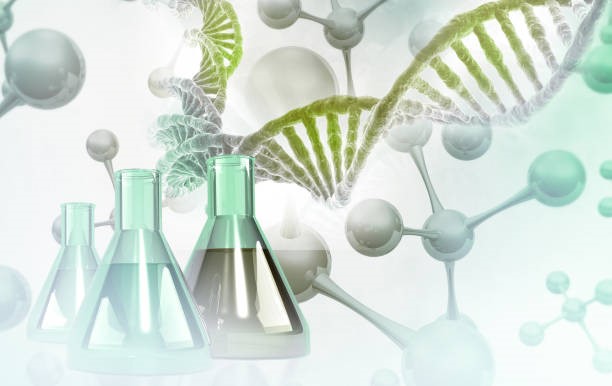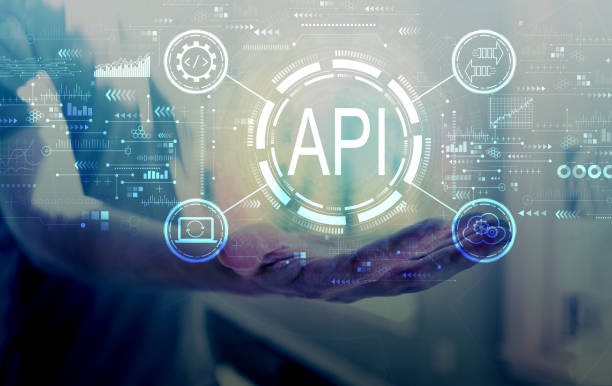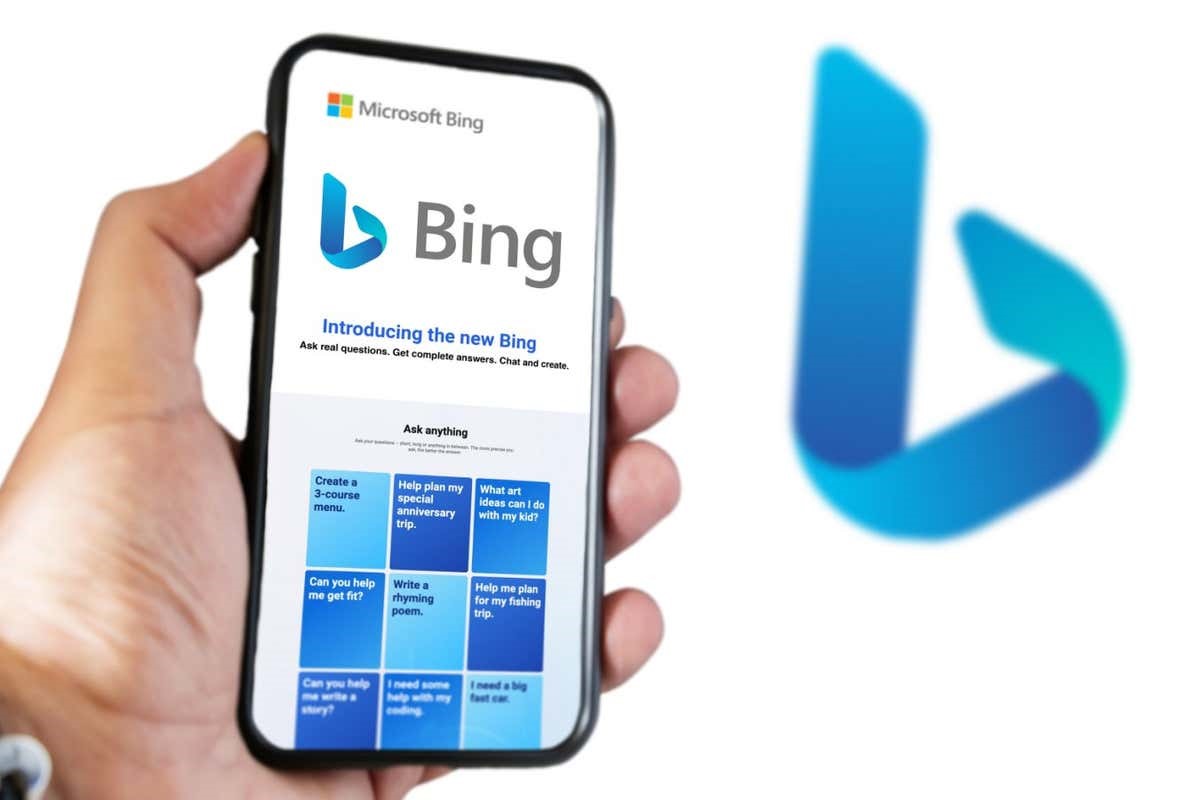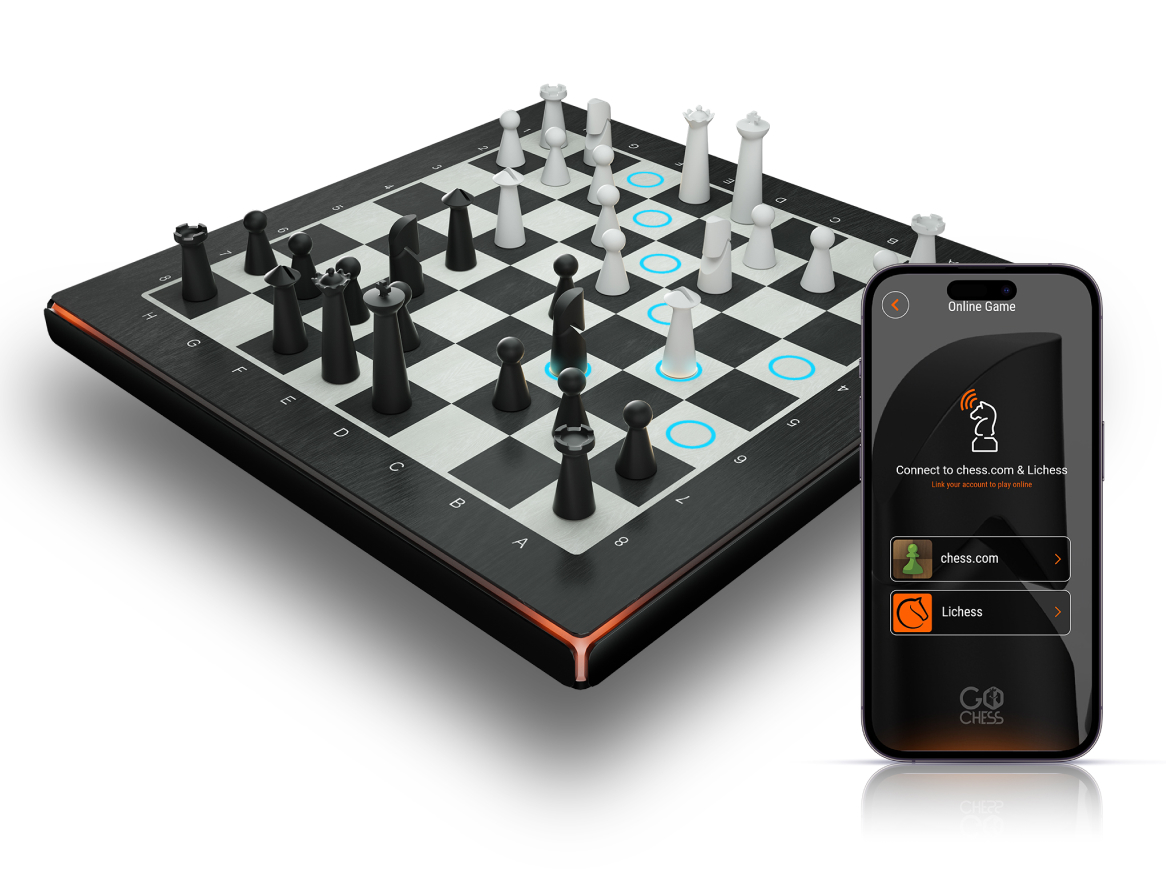How Digital Twins Help Businesses Achieve Their Sustainability Goals
Digital twins have the potential to have a substantial impact on the objective of reaching net-zero emissions by 2030. Nonetheless, they must be sustainable in order to do so, as Macnish points out: "To have a chance at any lasting impact, digital twin technology must be able to do the work required of it, and must be accepted by the people responsible for, and affected by, this work."[1]
This can be viewed through the lens of trust. "For example, it makes sense for an individual to trust that if a brick were dropped on their foot, it would hurt," he explains. "It does not make sense for the individual to believe that the dropped brick will not fall." At the same time, it makes logic for a person to believe that. “The first use of trust in this context refers to competence (when the final outcome is related to reasonable expectations)." The second meaning of trust is ethics (a person should conduct ethically). When it comes to tackling societal issues, however, both types of trust are necessary.[1]

Figure .1 Digital Twins Help Businesses Achieve Their Sustainability Goals
Figure 1 shows Digital twins are virtual replicas of physical assets, processes, and systems that mimic their behaviour in the real world. They are created using advanced technologies such as the Internet of Things (IoT), artificial intelligence (AI), and cloud computing. Digital twins have become increasingly popular in recent years, as they offer a range of benefits to businesses, including helping them achieve their sustainability goals.
Here are some ways in which digital twins can help businesses achieve their sustainability goals:
- Optimize energy consumption:Digital twins can help businesses optimize energy consumption by modelling energy usage patterns, identifying inefficiencies, and providing insights into how energy can be better managed. By using digital twins, businesses can reduce their energy consumption, lower their carbon footprint, and save money on energy bills.
- Reduce waste:Digital twins can be used to model processes and systems, such as supply chains, to identify inefficiencies and waste. By optimizing these processes, businesses can reduce waste, save resources, and cut costs.
- Improve product design:Digital twins can be used to simulate product designs, allowing businesses to test and refine products before they are manufactured. This can help reduce waste by ensuring that products are designed to be efficient, durable, and recyclable.
- Increase operational efficiency:Digital twins can be used to monitor and optimize operations in real-time. By doing so, businesses can reduce downtime, minimize waste, and improve the efficiency of their operations.
- Predict maintenance needs:Digital twins can be used to monitor the performance of assets and predict when maintenance is required. This can help businesses reduce downtime, extend the life of assets, and reduce the need for replacements.
- Enable remote monitoring:Digital twins can be accessed remotely, allowing businesses to monitor assets and processes from anywhere in the world. This can help reduce the need for travel, which can help reduce carbon emissions.
- Support Circular Economy:Digital twins can help enterprises move towards a circular economy by enabling them to design products that are easier to disassemble, recycle, or reuse. By modelling the product lifecycle in a digital twin, enterprises can identify opportunities to reduce waste and extend the lifespan of products.
Overall, digital twins offer a range of benefits to enterprises that are looking to achieve their sustainability goals. By using digital twins to optimize energy consumption, reduce waste, improve product design, increase operational efficiency, predict maintenance needs, enable remote monitoring, and support a circular economy, enterprises can reduce their environmental impact, cut costs, and improve their reputation as socially responsible businesses.
References:
- https://technologymagazine.com/articles/how-digital-twins-unlock-enterprises-sustainability-efforts
Cite this article:
Janani R (2023), How Digital Twins Help Businesses Achieve Their Sustainability Goals, AnaTechMaz, pp. 251















